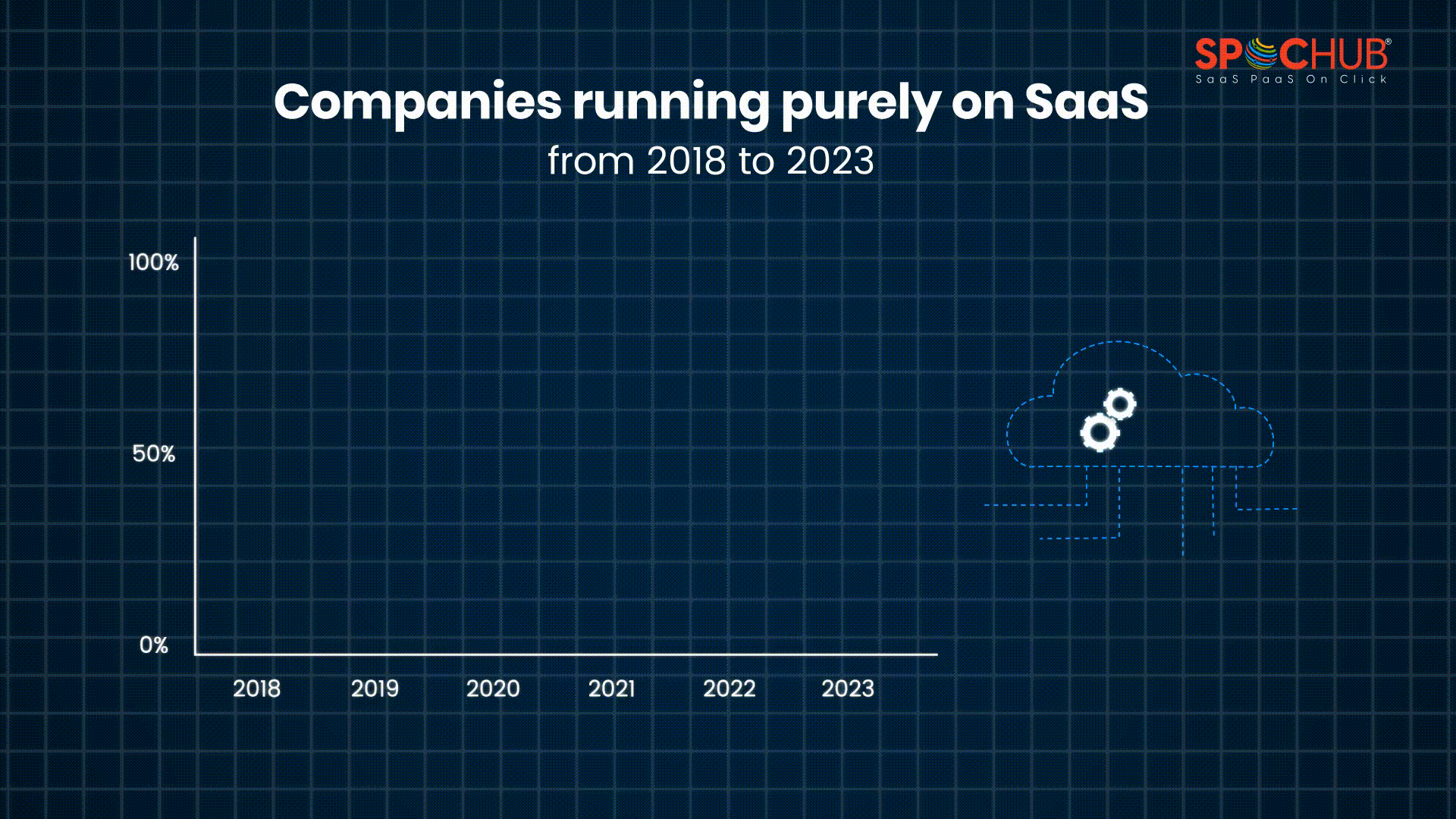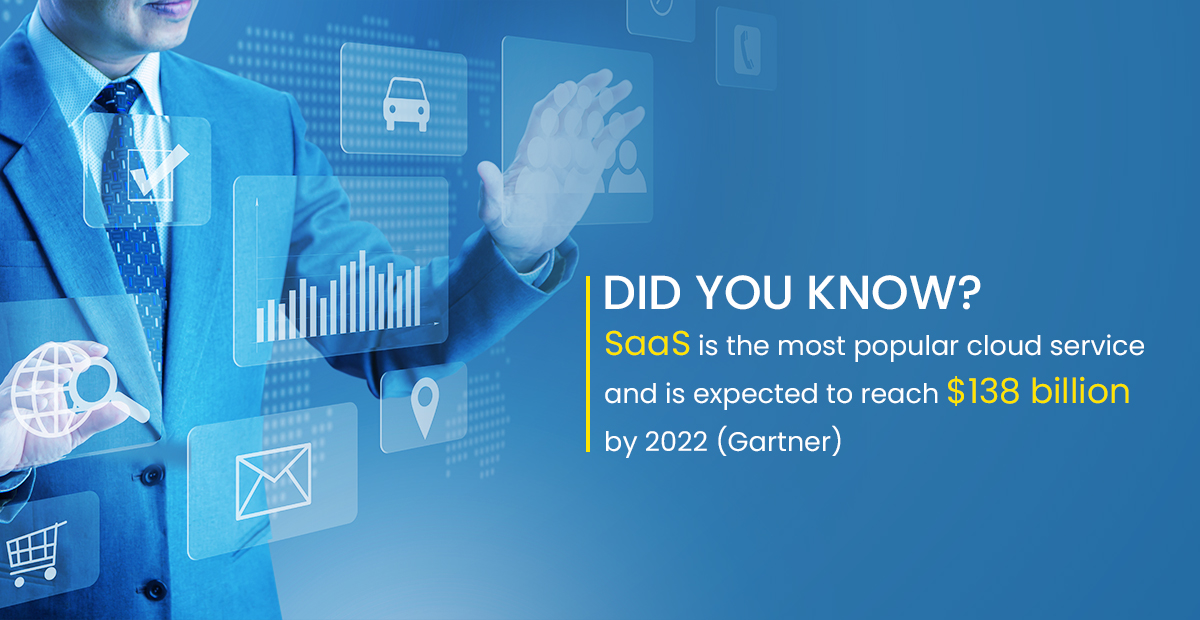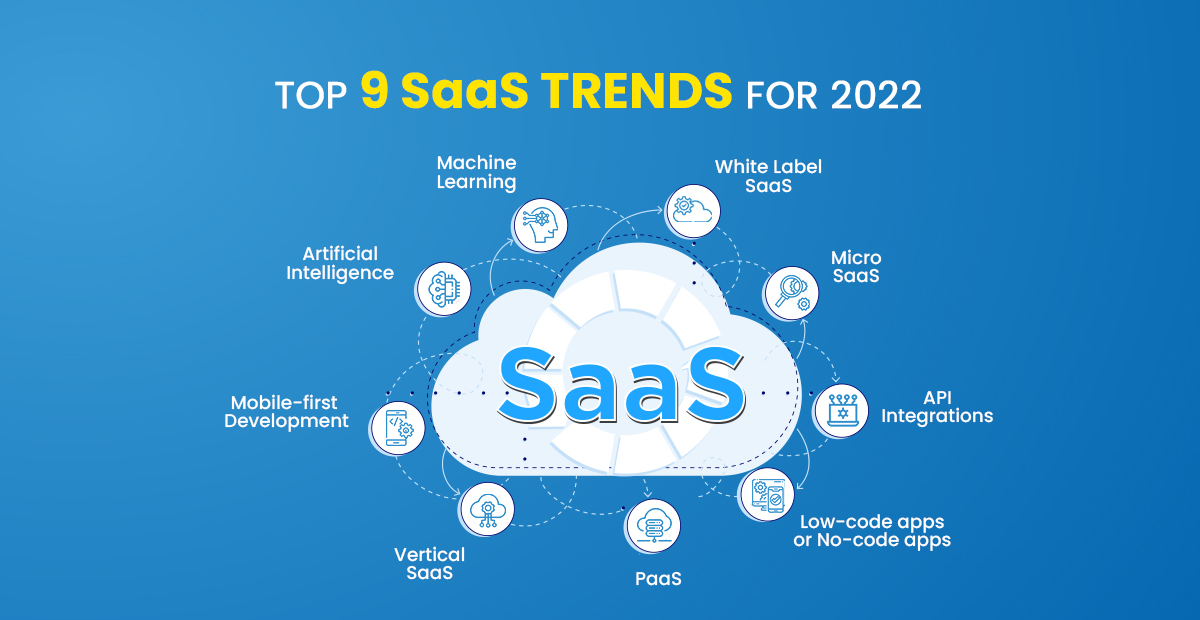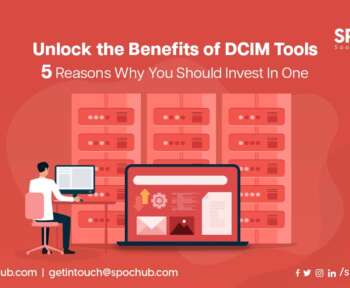The SaaS (software-as-a-service) model has been reaching newer heights due to its agility, accessibility, versatility, and innovative solutions with cost-efficiency for every industry. As its adoption is growing across all the industry verticals, so is the competitors, innovations, customer expectations, and trends in the SaaS.
Software as a service (or SaaS) delivers applications over the internet. The users have to subscribe to these applications which eliminate the need for installing, maintaining, and management of hardware and software. This software is hosted over the provider’s servers who take care of software availability, updates, performance, and security.

Want to know what is SaaS? Read A to Z Information About SAAS

Latest Top SaaS Trends to Watch Out For in 2022

Like all the things by nature evolve, so is the technology and so is SaaS. Here are new and top SaaS trends that will rock the SaaS market in 2022.
1. Artificial Intelligence
We bet this is not even a surprise for you. The rise of AI in the tech world has a story of its own. It has transformed the way organizations are run. It has taken the business important components such as processes, operations, automation, productivity, and optimizing human capabilities to a whole new level. Considering its undeniable impact on businesses, SaaS companies have adopted it and will continue to adopt it even more in the future.
AI feature such as hyper-personalization has been a game-changer for industries in B2B, B2C, or DTC markets to gain superior customer satisfaction. Some of the prominent use cases for AI in SaaS are quality support services like chatbots, effortless code review, and maintenance, security survey, enlisting users, etc.
2. Machine Learning
According to Tractica, AI software revenue will grow from $10.1B in 2018 to $126.0B by 2025, achieving a CAGR of 43.41%. These figures are enough to give you an idea about how Machine Learning (ML) has taken the tech world by storm. Its effective algorithms, approach, and framework has enabled it to solve many complex problems. Irrespective of the industry type, it’s being broadly used due to its ability to predict and classify outcomes from a huge bundle of data and help in decision-making for businesses to succeed.
Businesses have aptly realized the value of ML in SaaS and how it will empower SaaS products to be self-improving, intelligent which will increase operational efficiency. Hence, ML will be amongst the top SaaS trends in 2022.
3. Integrations
In the initial days of SaaS, integration solutions weren’t available and products and services couldn’t be consolidated. This limitation of SaaS led to companies implementing and expanding API integrations. Businesses these days need multiple software solutions to complete a task. If they aren’t integrated properly, it leads to an assorted IT environment affecting the quality of services. Furthermore, many companies want to leverage new solutions along with their existing ones instead of creating a new IT ecosystem to create a new solution altogether.
This led to a rise in demand for the hybrid environment of cloud backend and on-premise systems. In order to get over this, many SaaS vendors provide higher integrations capabilities that allure businesses who want a hybrid system consisting of a cloud back-end and on-premise system. Furthermore, integration in SaaS eliminates any chance of human error via significant automation of processes. This has led to many SaaS companies adopting API integration in SaaS.
4. Micro SaaS
Micro-SaaS is a SaaS business built by small players with an aim to provide a limited solution to their customers. They come as an add-on to the already available solutions to provide one particular functionality instead of the full product. It has been named Micro-SaaS because of its limited approach.
As SaaS companies are on a rise, many small organizations find it difficult to compete. So instead of focusing on an entirely new product, they find their niche and provide it as an add-on.
5. Mobile-first Development
India’s mobile usage is predicted to reach 900m by 2023, and Indian internet users with mobile devices will be nearly two-thirds of its population. And worldwide there will be more than 7516 million smartphone subscriptions by the end of 2026. This skyrocketing usage of mobile phones has compelled SaaS companies to focus on SaaS mobile applications.
Earlier SaaS products were restricted to laptops and desktops, but it created mobility issues when employees were away. This made SaaS companies to come up with a new strategy for developing mobile-first products. Now more SaaS players in the market are creating SAAS products that can be easily accessed from mobiles. This allows users to continue their work from mobile phones, making business processes more efficient and no interruption in the workflow.
The COVID pandemic has already made everyone realize how essential remote working is and therefore this trend is only going to rock the SaaS market in 2022 and beyond.
6. Low-code apps or No-code apps
SaaS has gained momentum across industries due to its ability to cater to every domain. SaaS is no more only for developers or technocrats; it is for everyone. This is what has given rise to low-code or No-code development platforms. No-code or low-code development platforms are easily accessible for people with average technical backgrounds, so they even allow start-ups to bring their SaaS products to life.
The need to write fewer codes in low-code apps gives more benefits including lesser costs, lesser resources required and the developers, coders, and programmers can spend more time in researching, driving innovation, and developing solutions that result in a real competitive edge.
The No-code SaaS capabilities enhance productivity and attract new players to the market that will only grow in 2022. Low-code apps or no-code apps is an exciting SaaS industry trend for 2022.
7. White Label SaaS
White-label SaaS products are software solutions that a company takes from a SaaS company and rebrands it as its own. Companies prefer to partner with SaaS providers who helps them customize their existing products and services and add personal branding to it. SaaS businesses either leases out the rights to the products or give it on a subscription basis for an agreed duration.
This setting frees the customers from building and maintaining software, saves cost due to the SaaS subscription model, and better products can be built due to expertise involved without utilizing in-house resources. Considering its array of benefits to businesses, the white-label SaaS trend is here to stay and rise.
8. Vertical SaaS
Vertical SaaS is an industry-specific approach in which SaaS products are created for that particular industry type. As the horizon of every domain is increasing rapidly, so does the need for customized software solutions. With so many SaaS players in the market, the industries are no more accepting generalized products. Hence, SaaS companies are building specialized products to serve their needs and stay ahead of the competition.
These industry-specific vertical SaaS products have proven to solve complex problems, improve operational efficiency and industry processes. Considering their high demand in the market, SaaS companies are in cutthroat competition to develop them and this shall be leading the SaaS trends in 2022.
9. Migration to PaaS
As per an estimation, PaaS spending will rise up to 71 billion USD by the end of 2022. This paves a way for bigger opportunities. In order to further serve their customers and tap into new markets, more SaaS companies are marching towards PaaS that enables businesses to develop custom apps as add-ons to their existing features. All the SaaS companies have to do is provide their customers with the required cloud computing platform as a service (PaaS) and pay only for the resources they use.
Conclusion
As businesses are evolving rapidly, they need better software solutions to keep up with the pace and stay ahead of the competition. So, the only feasible solution is to harness the capability of SaaS. The above-mentioned SaaS industry trends are going to disrupt the tech world and evolve with time to fulfill the changing organization demands and help them move from strength to strength. ESDS’ SaaS platform SPOCHUB is a Digital Marketplace with a curated catalogue of innovative software solutions from passionate software developers. It enables customers to search software solutions for their business and deploy services that operate through a cloud-based service model.




